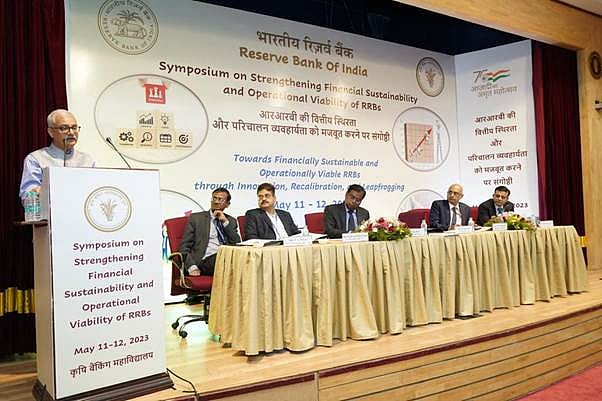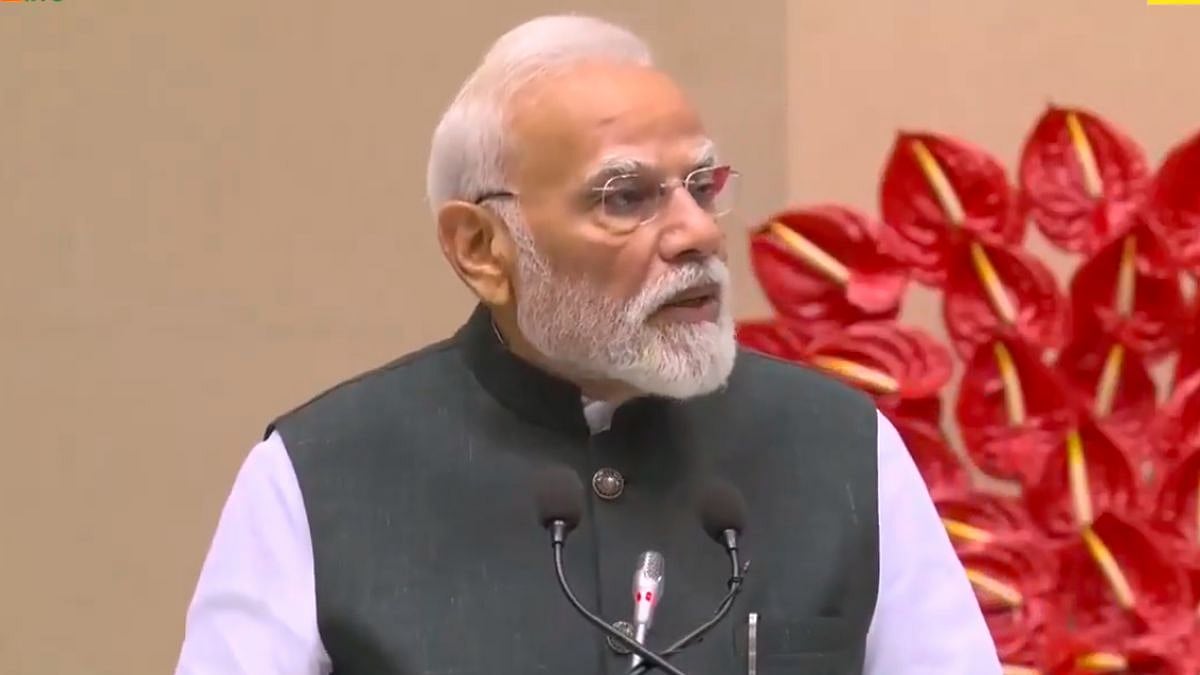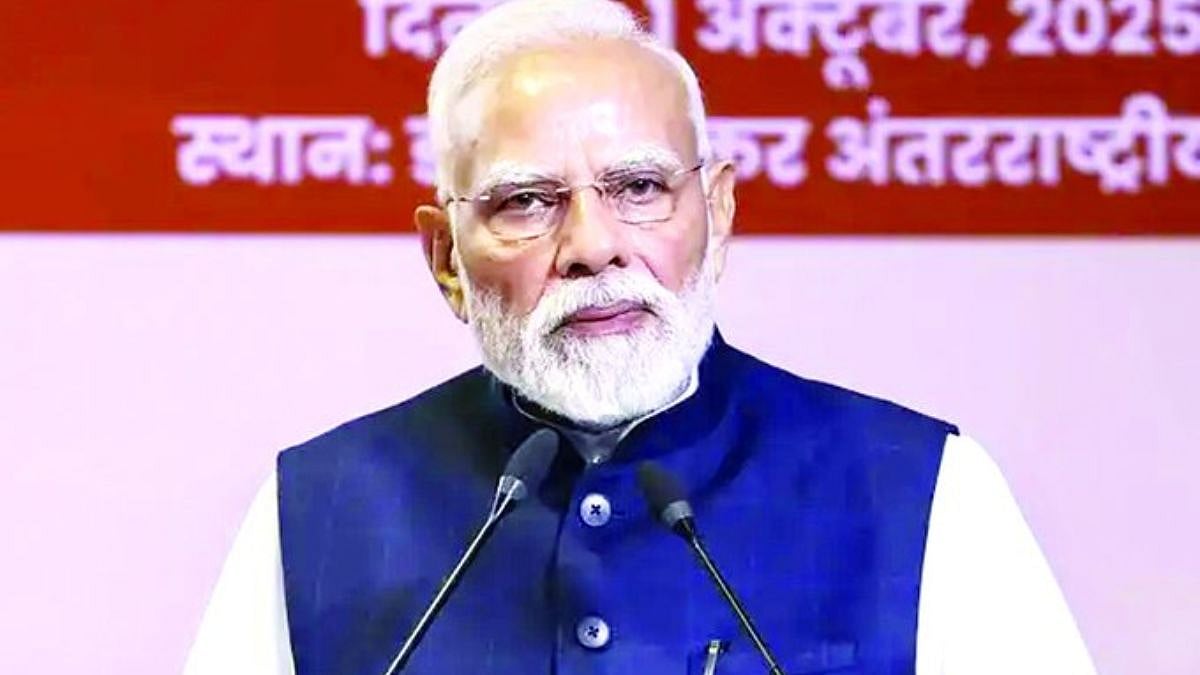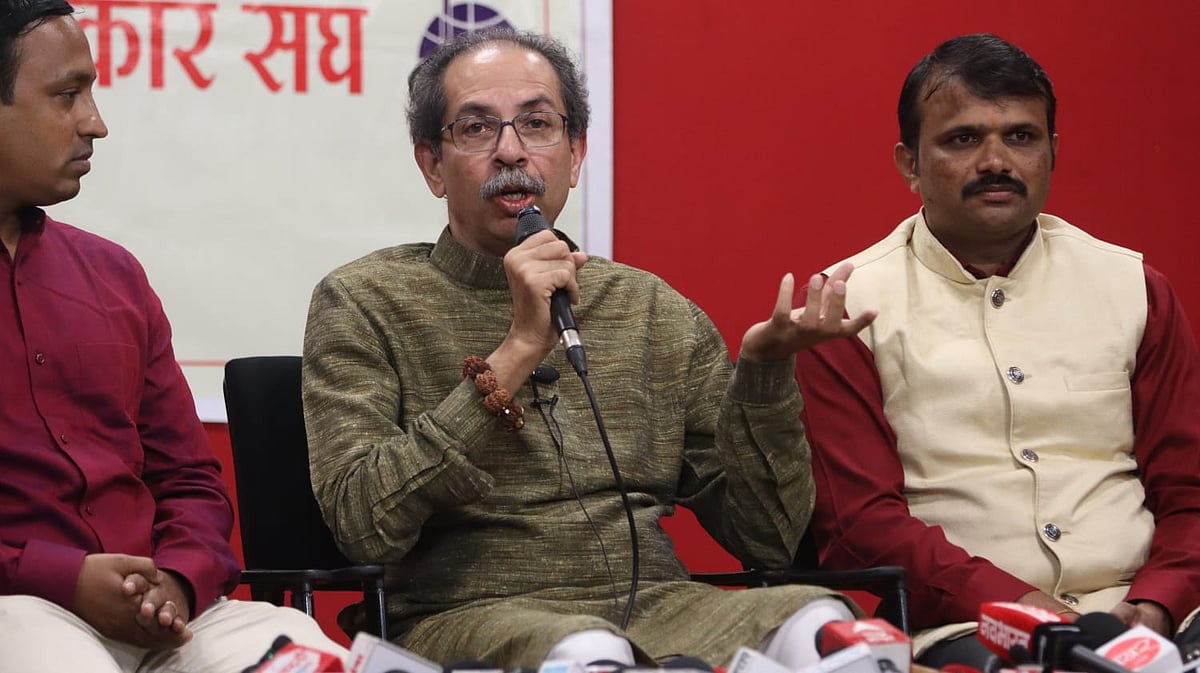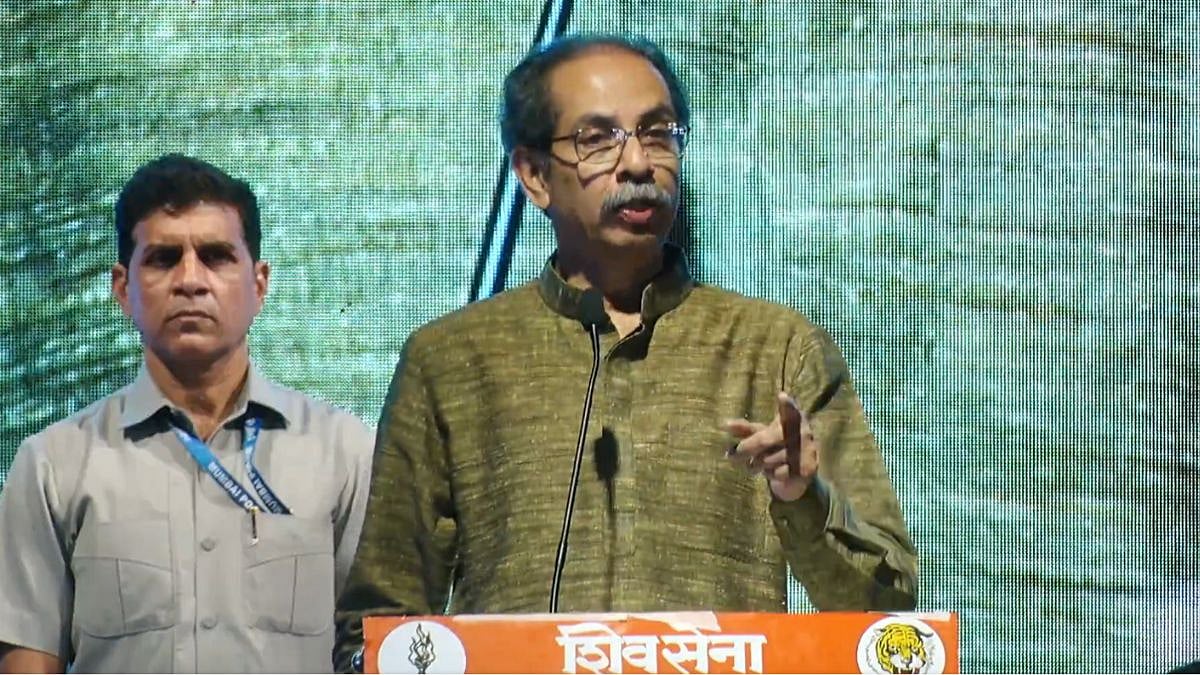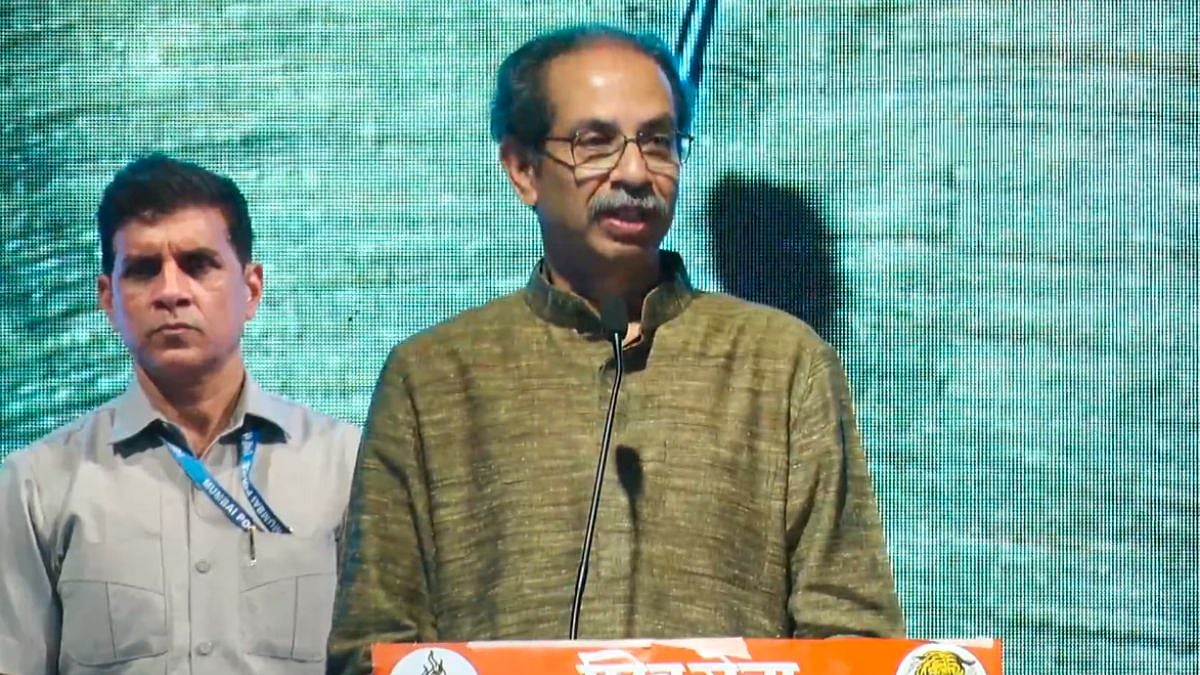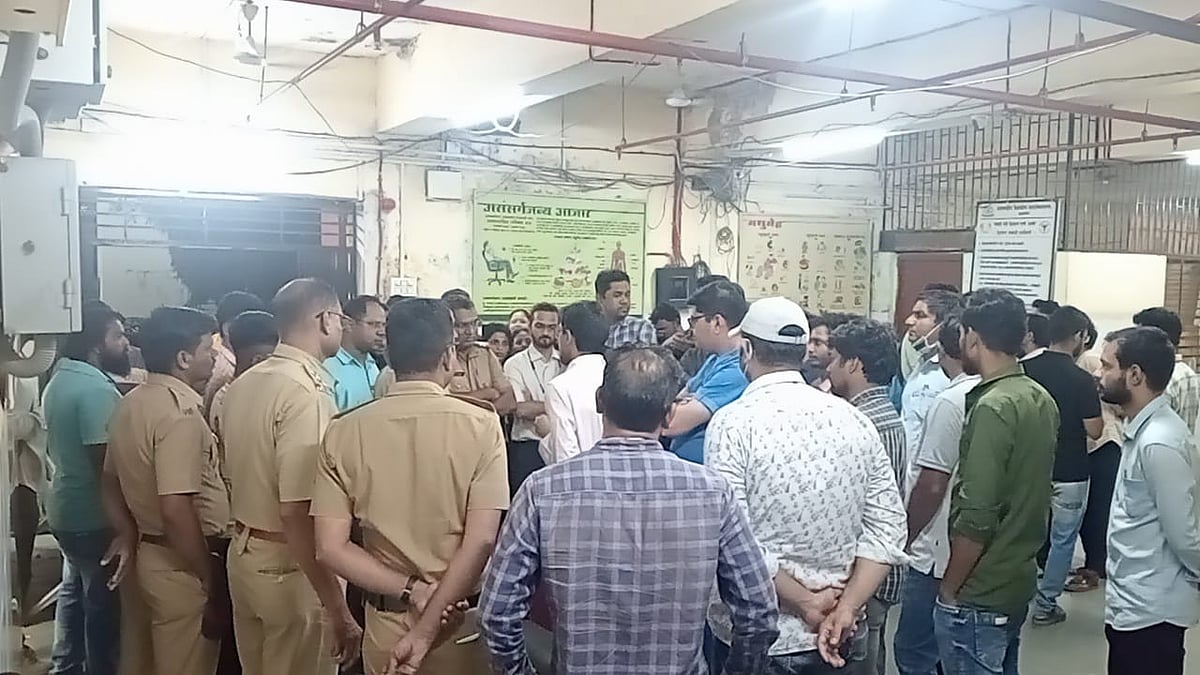Government officials, including banking secretary Vivek Joshi, gathered in Pune for a review meeting on Friday to discuss the progress and future plans of regional rural banks (RRBs). The meeting focused on urging RRBs to redouble their efforts in achieving the targets set in their viability plans within the next year.
During the meeting, it was noted that there has been a significant improvement in the financial performance of RRBs in the fiscal year 2022-23 compared to the previous year. The officials reviewed the progress made by RRBs on various parameters outlined in their viability plans.
Other important issues addressed
In addition to financial performance, the meeting also addressed important issues such as the need for technology upgradation in RRBs, strategies for reducing non-performing assets (NPAs), IT initiatives, improving financial inclusion, enhancing credit delivery to rural areas, and the support provided by sponsor banks to the RRBs.
Joshi emphasized the proactive role of sponsor banks, in collaboration with the National Bank for Agriculture and Rural Development (NABARD), in assisting RRBs with technology adoption to improve their customer service and operational efficiency.
Strengthening financial sustainability and operational viability of RRBs
The symposium on 'Strengthening financial sustainability and operational viability of RRBs' provided the backdrop for this review meeting, which took place from May 11th to May 12th in Pune. The meeting was attended by senior officials from the Department of Financial Services, Reserve Bank of India, NABARD, sponsor banks, and chairpersons of RRBs.
Expressing satisfaction with the progress achieved by RRBs following the infusion of recapitalization funds, Joshi urged all stakeholders to strive for further improvement to successfully implement the government's initiatives for financial inclusion and improved credit delivery in rural areas.
Regional rural banks were established under the RRB Act of 1976 with the objective of providing credit and other facilities to small farmers, agricultural laborers, and artisans in rural areas. The RRBs are jointly owned by the central government, sponsor banks, and state governments, with the central government holding a 50% stake, while sponsor banks and state governments hold 35% and 15% stakes, respectively.
